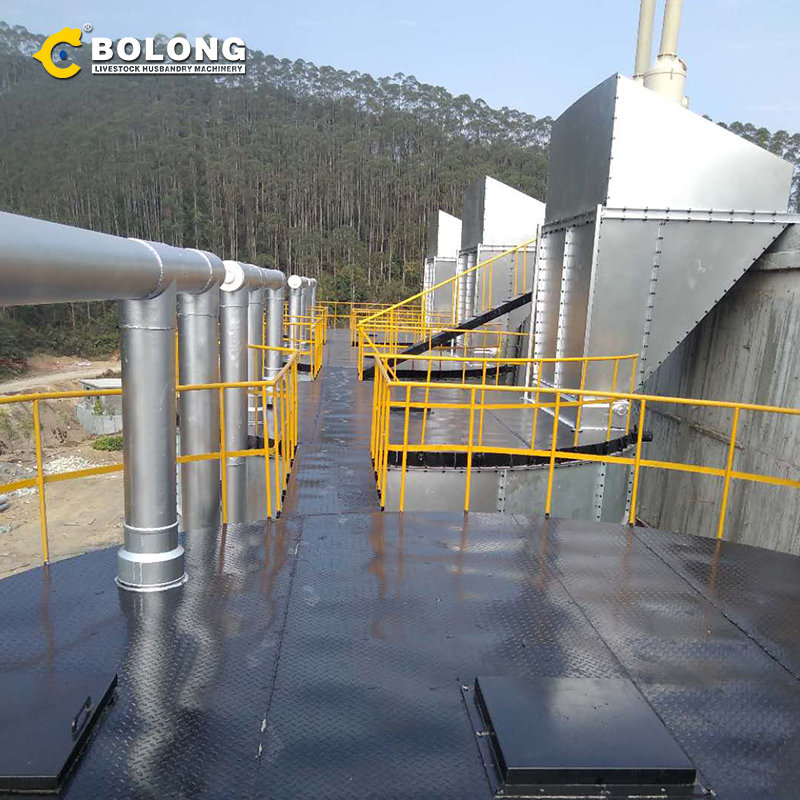
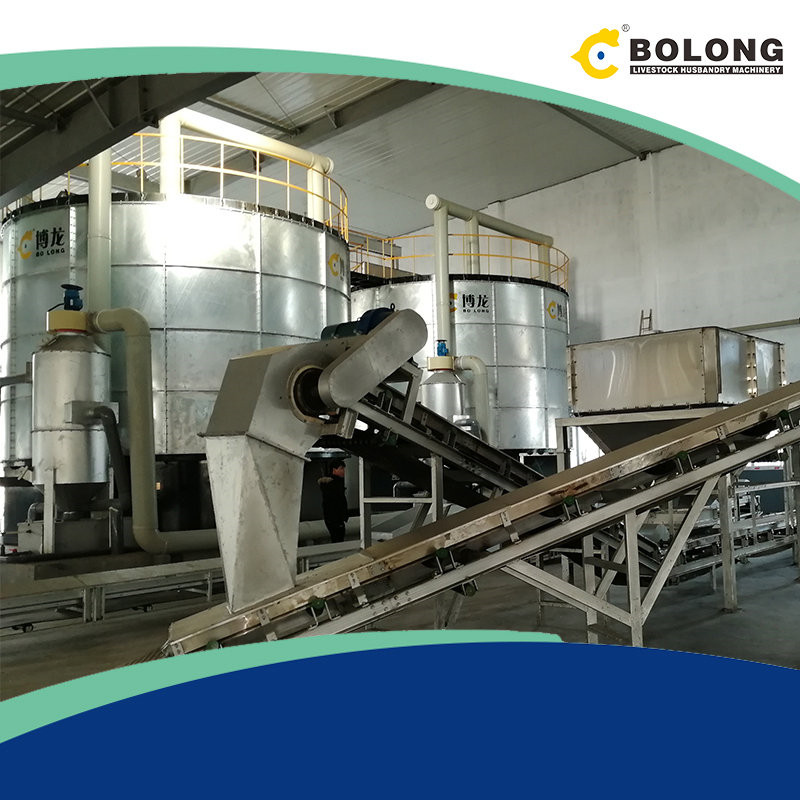
By the end of 2020, China generated an estimated 36.984 million tons of municipal sludge. Approximately 60 megatons (Mt) of raw wastewater sludge was gener-ated in 2019, and this number is predicted to exceed 90 Mt in 2025 (calculated at a water content of 80%) (Guo et al., 2021). Municipal sludge typically has a water content of more than 80%
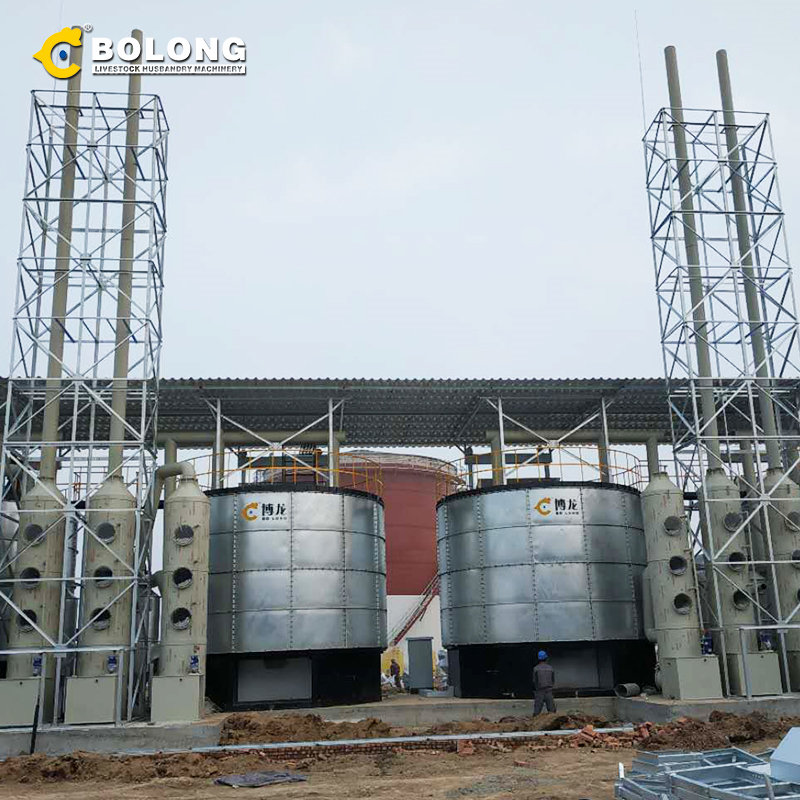
2010/11/5/ · Wastewater biological nutrient removal (BNR) by short-cut nitrification-denitrification (SCND) and denitrifying phosphorus removal via nitrite (DPRN) has several advantages, such as organic carbon source saving. In this paper, a new method, i.e., by using waste activated sludge alkaline fermentation liquid as BNR carbon source, for
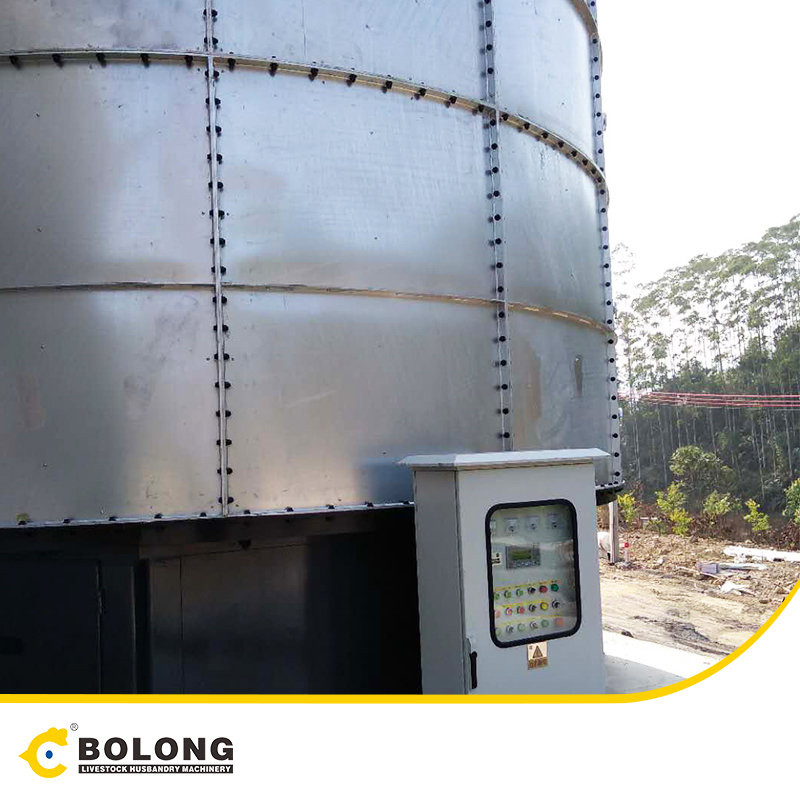
The specific methane production normalized with COD removed for OID I, OID II and textile sludges were 0.13 L/g, 0.11 L/g and 0.11 L/g, respectively; whereas average specific methane production for municipal sludge was 0.31 L/g. COD, TS and VS reductions were lower in industrial sludges compared to domestic sludge.
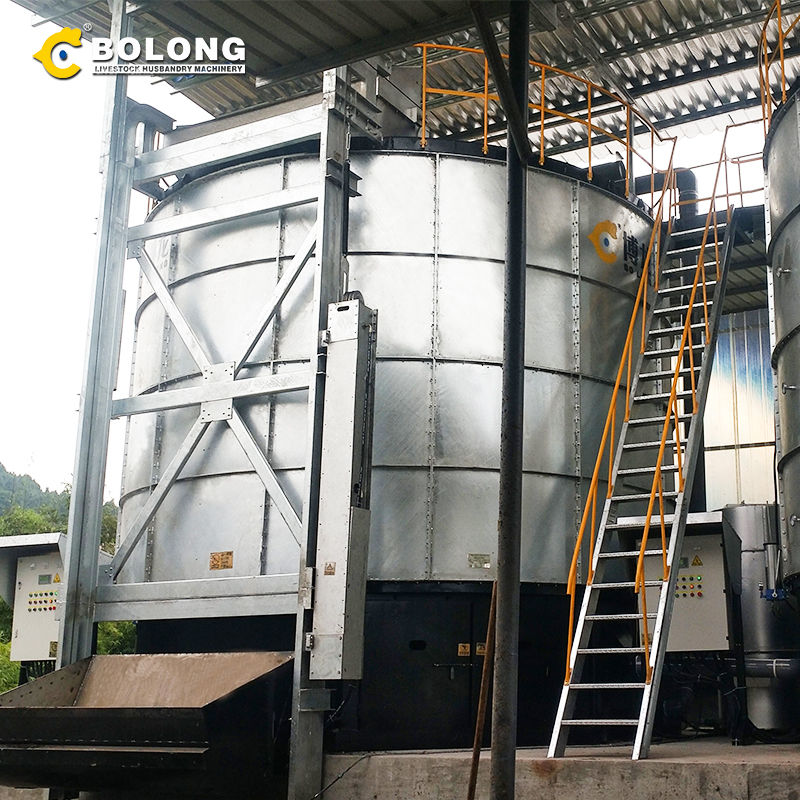
2022/11/28/ · Municipal solid waste treatment and disposal have become one of the major concerns in waste management due to the excessive production of waste and higher levels of pollution. To address these challenges and protect the environment in sustainable ways, the hydrothermal pretreatment (HTP) technique coupled with anaerobic digestion
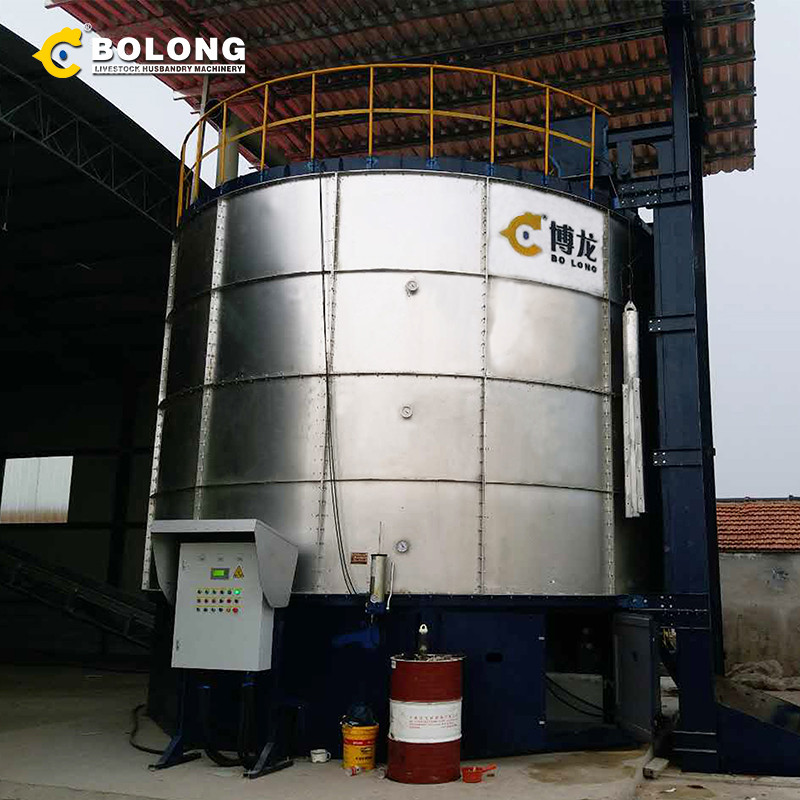
The sludge was obtained from the primary settling tank of the Taiping WWTP in Harbin, China, and was used for fermentation experiments after being filtered through a

2023/11/18/ · Excess sludge fermentation is a commonly employed method for carbon sources in wastewater treatment plants, but its use as a carbon source for chlorophenol removal has been relatively underexplored. In this study, a laboratory-scale sludge fermentation SBR (FSBR) was integrated with a 2,4,6-trichlorophenol (2,4,6-TCP)

The inoculum was anaerobic sludge from fermentation tank located in municipal WWTP in Olsztyn, Poland. The study was carried out in the methane potential analysis tool (AMPTS II Bioprocess Control). This device was used to measure the quantity of biogas produced.

2024/5/1/ · Municipal sewage sludge (MSS) is an inevitable byproduct of wastewater treatment, with increasing amounts year by year worldwide. The development of environmentally and economically acceptable for the sustainable management of MSS is a major environmental challenge. Nowadays, sludge management practices,

2020/9/26/ · To realize the effective treatment for municipal. sludge disposal, in this paper, the properties of municipal sludge composition, introduces the. present situation of disposal and analysis, as

2016/8/1/ · Municipal wastewater and sludge. The municipal wastewater and waste activated sludge were obtained from a WWTP in Shanghai, China. The main characteristics of wastewater are as follows: soluble chemical oxygen demand (SCOD) 170–215 mg/L, ammonia-nitrogen (NH 4 +-N) 19–29 mg/L, and soluble ortho-phosphorus (SOP) 2.6–3.7
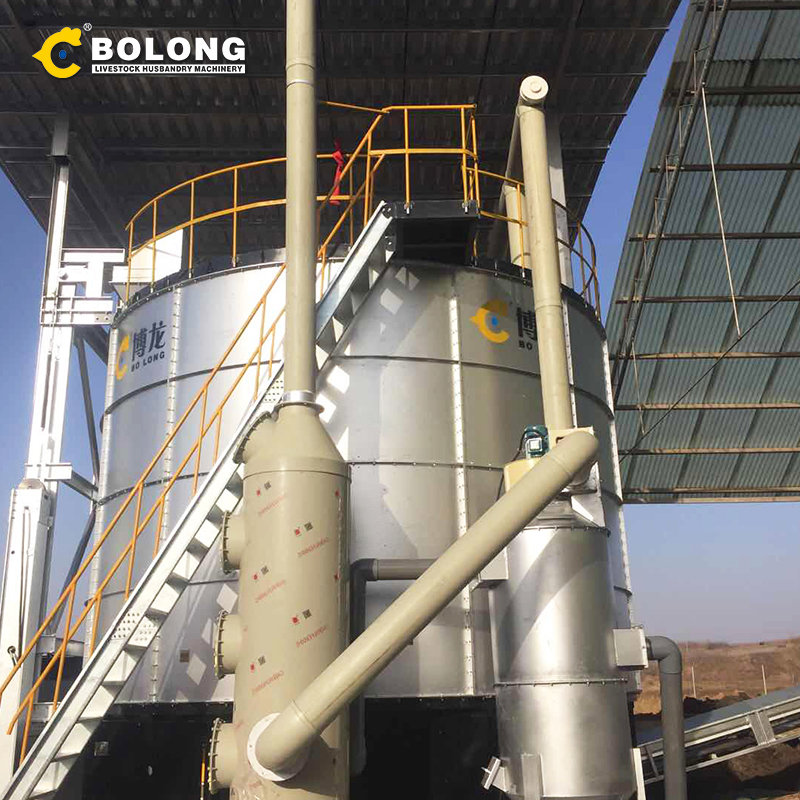
THE CO-FIRING OF BIOMASS AND MUNICIPAL SEWAGE SLUDGE WITH PULVERISED COAL IN UTILITY BOILERS. W L van de Kamp, D J Morgan, in The Institute of Energy's Second International Conference on Combustion & Emissions Control, 1995. 2.2 The Facility Used For The Co-Firing Of Coal With Municipal Sewage Sludge. In this facility

2020/8/1/ · Partial nitrification (PN) could be enhanced by the addition of sludge fermentation products. Liu et al. (2017) achieved a stable partial nitrification (PN) process with the addition of sludge fermentation products in a sequencing batch reactor (SBR), obtaining a high nitrite accumulation rate (NAR) of 99.1%.
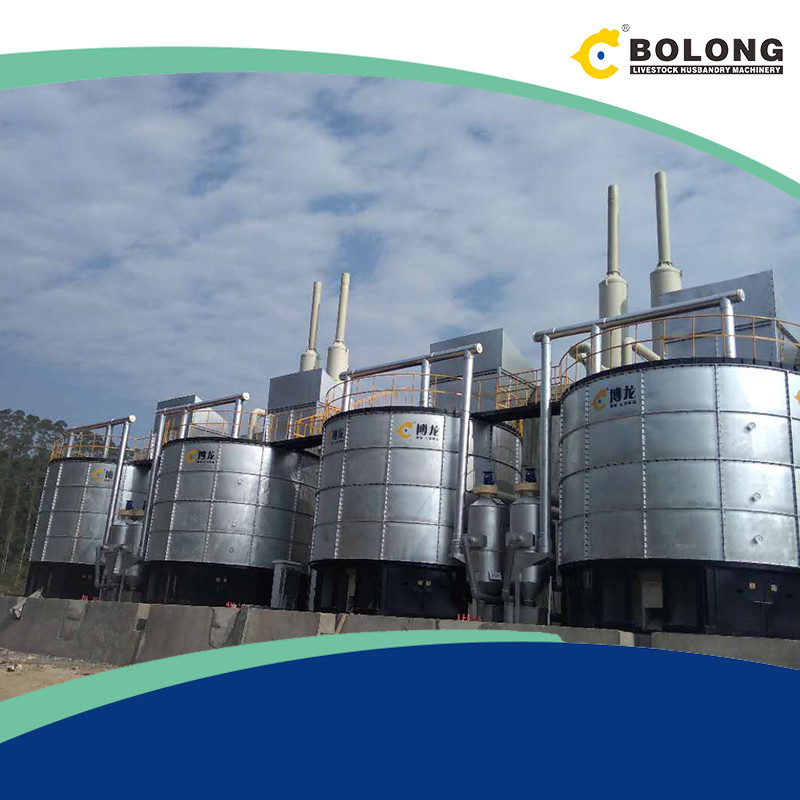
2023/5/15/ · Still, it offered better sludge dewatering, lower chemical costs and higher fermentation liquor recovery efficiency. This demonstrates the feasibility of using Ca(OH) 2 to control sludge fermentation at pH 10 to efficiently produce a carbon source for BNR. However, using These chemicals to adjust pH remains expensive for large-scale
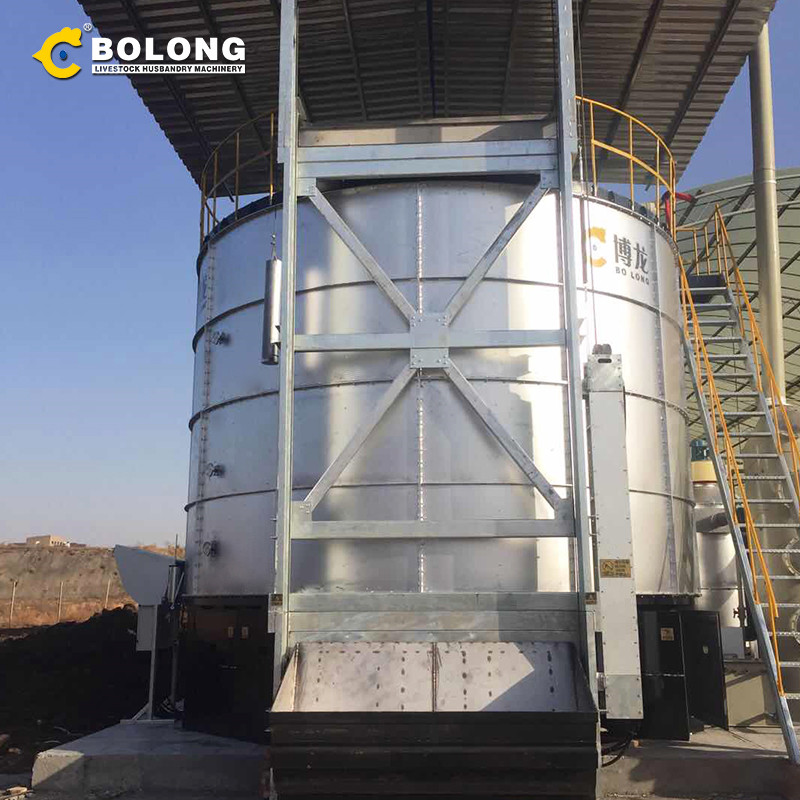
2006/7/1/ · The performance of a novel fermentation process, adopting a sludge blanket type configuration, for higher hydrolysis/acidogenesis of the municipal primary sludge was investigated under batch and